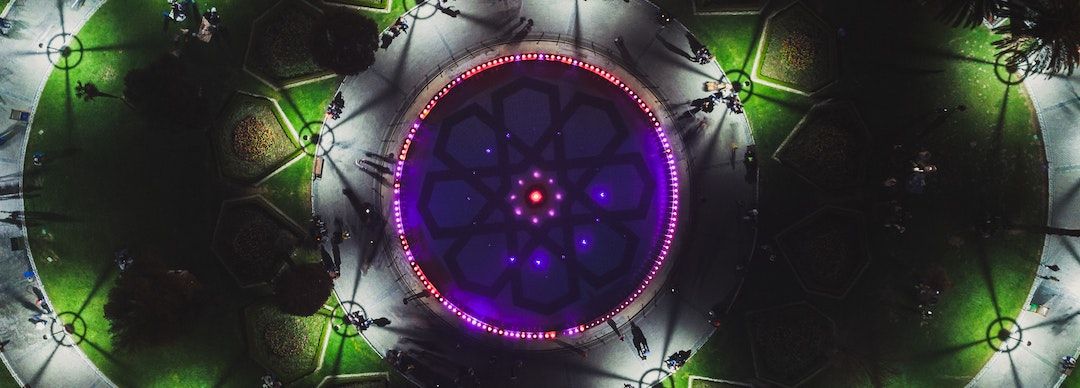Secondary Addresses

Have you ever lived in an apartment building? Each apartment has a different family, couple, or individual living in it. They have different internet needs and budgets. They sometimes have different providers and different plans with the same provider. The front office probably has a strong commercial connection, while the families living in residential units likely have weaker connections.
In a situation like an apartment building, it’s worth emphasizing a term: “secondary addresses.” The “primary address” is the apartment building, but inside are a dozen, 100, maybe 300 or more homes. Each home is its own “secondary address” because it probably has different broadband needs and access to broadband opportunities.
Secondary addresses include:
- Duplexes
- Apartment buildings (as we discussed)
- Condominiums, and
- Commercial buildings, which tend to have multiple companies renting out different spaces.
A local government or internet service provider should consider secondary addresses because the situation of, for example, the landlord is really not the same as the residential tenants. The same inequality can be present in commercial buildings, as sometimes nonprofits rent out a space with a next door neighbor as a profit-maximizing corporation.
The problem is acute in the case of Fabric, the Federal Communication Commission’s current dataset for handing out future grant money–over $42 billion–under the Broadband Equity, Access And Deployment Program (BEAD). A contractor, CostQuest, assembled the data. Under CostQuest’s analysis, it is best to represent the broadband access of everyone in a primary address based on which secondary address has the most opportunity.
So a landlord’s commercial connection is, under Fabric, supposedly what the residents can get and afford. This is misleading and would leave many in need without relief, good broadband access being a modern necessity. Thus the term “secondary addresses” is a noun with importance.
The right legal term of art for BEAD funding is “Broadband Serviceable Location.” You can read the technical definition here, but it basically means any physical address where people do or need to connect to the internet. Right now Fabric treats primary addresses as the whole universe of Broadband Serviceable Locations. But we believe that it’s best to see things in terms of secondary addresses.
You can discover the broadband reality of secondary addresses in your community with our easy-to-use, and free, Broadband Audit system.

Need help winning broadband grants?
See what we can do for you.
Broadband Grant Terms
A
B
C
D
E
F
G
I
L
M
N
P
R
S
T
U
Y